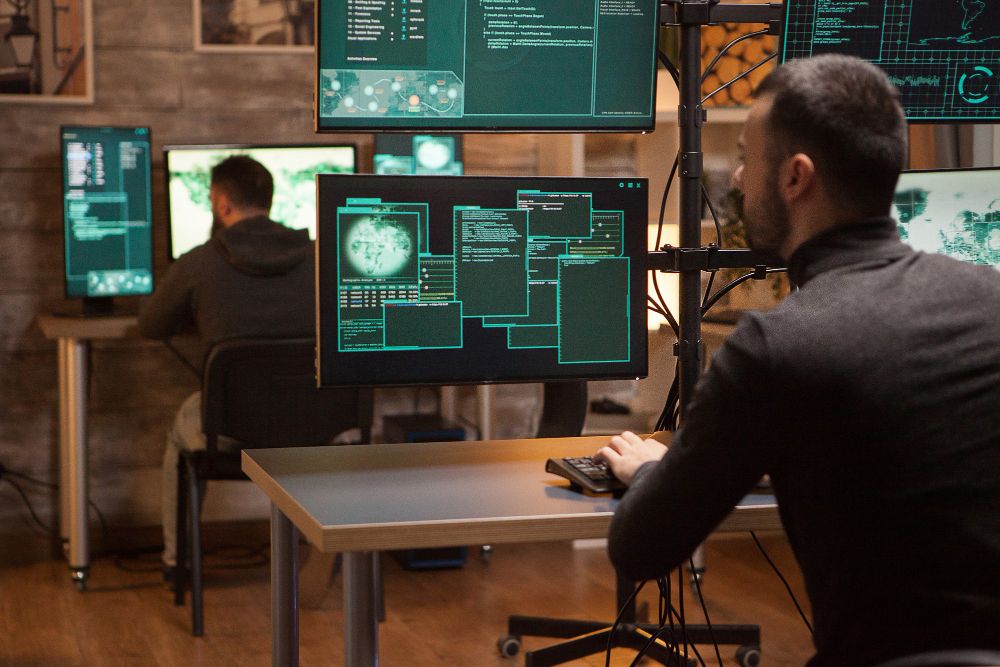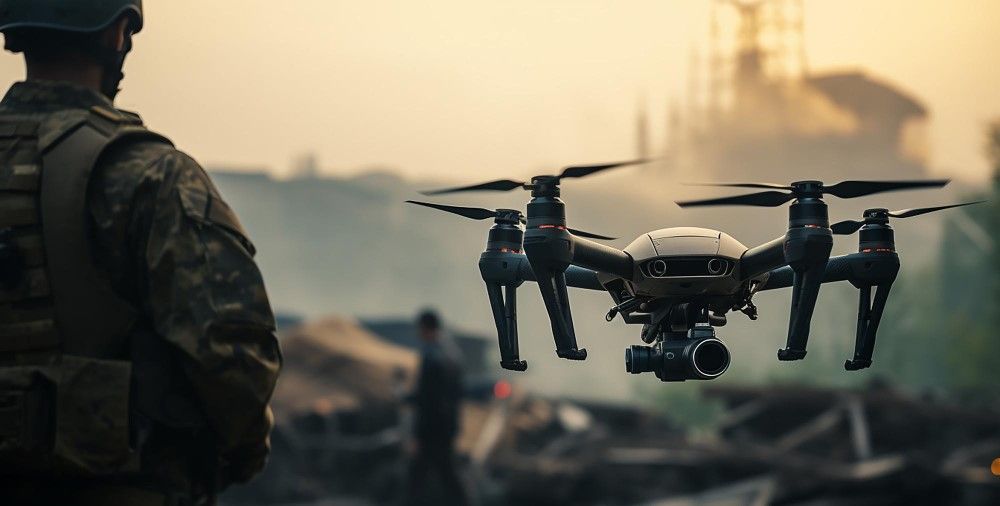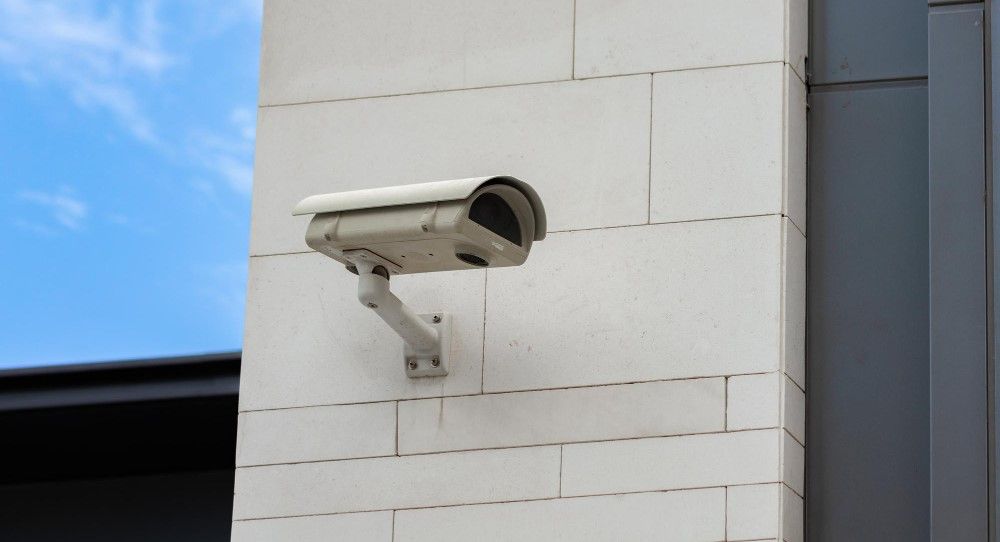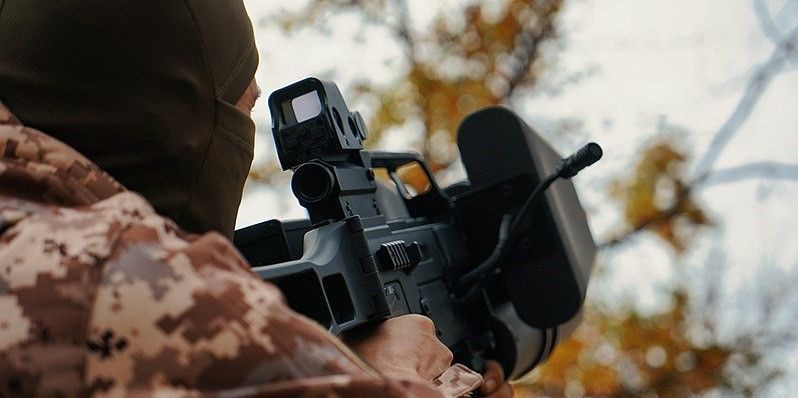Cyber-Warfare and Surveillance on Ukraine’s Frontline
How intelligence and counterintelligence are the goals in the battle between drone operators, drone jammers, and hackers.

It is a little-known fact that Russia began fighting Ukraine a month before the troops invaded.
They did so through cyber-attacks targeting Ukrainian government websites to disrupt public communication services and create public concern and disinformation.
It was an operation which Illia Vitiuk, the head of Ukraine's cyber security department describes as a “psychological operation” to panic people and deny Kyiv control of the situation at even a civilian level.
Russian hackers even took down an American satellite provider which the Ukrainian military used for communications.

The cyber-warfare and disinformation attacks continued after the Russian Army assault began. When news of the war atrocities being committed by Russian soldiers were being broadcast by Western news agencies in early Spring of 2022, the Russians combined a missile strike on a Kyiv TV tower with a cyber-attack on the main Ukrainian news channels.
“They were trying to deprive Ukrainians of access to truthful information,” explains Yurii Shchyhol, the head of the state service that protects communications. Fortunately, engineers were able to find the parts necessary to repair the damaged tower and restore the broadcast within a few hours.

Russian and Ukraine are still fighting a cyber-war today, with both sides using the latest technology to gain an upper hand at the frontline.
For example, Ukraine has built a data gleaning system called Griselda, which scrolls social media and other unusual sources for information about Russian troop movements and positions. If someone in occupied Ukraine posts on Facebook to complain about a damaged bridge then military commanders can use that information as ‘up-to-date situational intelligence’.
Western powers have been highly supportive of Ukraine’s countermeasures to Russian cyber-attacks. They understand that if Kyiv is blocking the relentless assaults on its digital systems, then there are fewer Russian hackers disrupting their own websites and internet services.
“The fact that Ukraine managed to withstand this war is the achievement of both our specialists who built the system and thanks to the help from our partners,” acknowledges Shchyhol. While the West shares anti-hacking tips with Ukraine, it is also learning more about Russian cyber-attack methods and how to defend against them.

The situation is a technology and information battle where both sides have deployed reconnaissance drones armed with Artificial Intelligence (AI) visual recognition systems. They hack into security cameras in occupied areas in order to monitor troop movements. They also order kamikaze drones to destroy surveillance cameras that are watching their own troop movements or use satellite images to glean data which they can pass on to artillery batteries, special forces, and snipers.

In this fight, drones have been at the forefront of innovation, acting both as weapons and as tools of monitoring. But worryingly for the operators, surveillance teams must frequently work close to the front line, avoiding detection wherever possible.
In the early months of the war, small drones could be controlled from as much as 10km away from the front line. However, jammer technology has improved, and jammers are much more common, so today’s drone operators and spotters must stay closer to the action.
“The distance to the front line is getting shorter right now,” says one drone operator. “Our connection has to be stronger than the jamming.”
It is a tactic operated by both sides. As a recent BBC News reportexplains, the Ukrainian Security Service's (SBU) cyber department, “… flies its own drones and plays a cat and mouse game to disrupt those belonging to Russia. It deploys sensors to detect drones so operators cannot just jam them but try to take control, sending commands to make them land.
All of this frequently needs to be done at close quarters. This, in turn, carries risk to the team members.”

“You need to protect them there,” notes Vitiuk. “So, you also need to have security around them.”
Both sides also keep intelligence gatherers near the frontline to quickly gather information from captured enemy drones. They communicate any data they have to military command as soon as they can, hoping to act on it before the operators realise it has been intercepted.
Such is the nature of the technology war on the frontline in Ukraine: a war of drone surveillance, jamming, and cyber-hacking.
The importance of this work has not gone unnoticed by Western military observers who are particularly keen to see the battle for the electromagnetic spectrum, used for communications and weapons guidance, among other vital tasks.
“The agility being displayed by both parties, in the way that they’re executing operations in the spectrum, is awesome,” said US Col. Josh Koslov, the leader of the 350th Spectrum Warfare Wing. “Both sides are doing the cat-and-mouse game very, very well.”
Koslov’s current role is working to improve the electronic-warfare tools available on aircraft, where he is readying the US Airforce for potential electronic warfare with Russia or China. “In the future, for us, if we do confront a peer, being agile and being rapid is the key to success in the spectrum.”
From observation balloons to cracking the Nazi Enigma code, military intelligence has always been used to win wars. Today’s information battles are far-more high-tech, but no less deadly as technology and drone intelligence gathering become integral to achieving victory.
Photo credit: DC Studio on Freepik, Fabrikasimf, DC Studio, Wikimedia, Freepik, & Frimufilms

